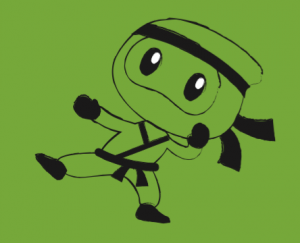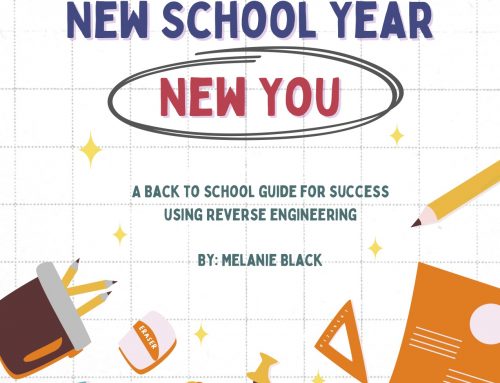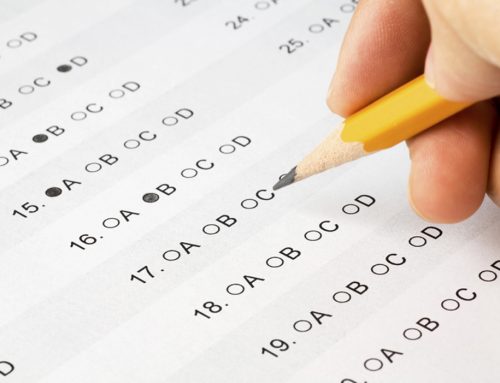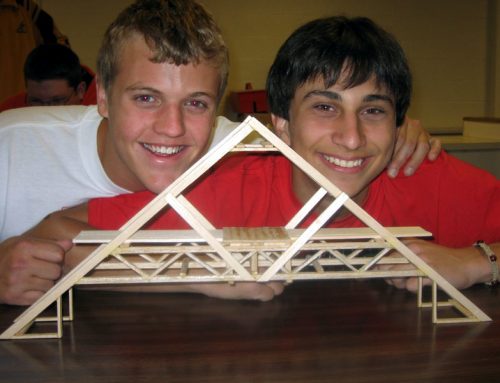“Learn as if you were to live forever.” – Mahatma Gandhi
Studying should be done in silence.
Silence isn’t golden. First, studies have shown that talking out loud while studying increases retention. Saying those vocab words out loud is a great way to make the information stick in your head. Second, music is brain food. Research shows that listening to music reduces anxiety, increases mood, mental alertness, and memory.
We all have a specific learning style and that’s the only way we learn.
You may have taken a learning style assessment or two showing your learning strengths. With these results you can also determine areas for growth. For example, your strength may be in interpreting visual representations of information. That doesn’t mean that’s the ONLY way you can learn. Students must use ALL their senses to learn. If you know that one of your areas for growth is in audio learning then, think about strategies you can use to develop that learning style such as note taking, or creating content maps.
I will never be good at math. I am just not a “math person.”
We all have certain aptitudes, but that doesn’t mean with practice we can’t learn and do well in other areas. Perhaps writing comes easy to you, but math doesn’t. First, forming a positive mindset is key. Second, practice makes perfect. Your brain grows with practice. You can learn anything! While you may be questioning your abilities in math, the math genius beside you is thinking, “I can’t write well. I am not a writer and never will be.” It’s a great opportunity to help each other succeed.
Intelligence is fixed at birth.
Definitely not! There is plenty of evidence out there that shows IQ can increase over time. Intelligence develops throughout our lives. Neuroplasticity is the brain’s natural ability to grow new skills and continuously learn. Practicing an activity, retrieving a memory, and reviewing material in a various ways helps build thicker, stronger, more hard-wired connections in the brain. You can literally change your brain through studying.
Rereading information over and over again is the best way to study.
Many students study for exams this way. It is highly inefficient because you are not interacting with the content. Using specific prep and review strategies such as flash cards or self testing that will allow you to work smarter not harder and retain information.
If I spend more time studying, I will get better grades.
You can study all day long, and still fail a class. It is not about how many hours of studying you do, but about how you study and use your time. Using specific prep and review strategies will help you comprehend and retain information. Study smarter not harder!
In order to do well in school I have to say goodbye to having free-time and fun.
This is simply not true. Students who have A’s and don’t take breaks or hang out with friends are some of the most stressed out individuals. They burn out quickly. Balance is key. Take breaks. Go to bed at a decent time. Go out with your friends! Take time for yourself. Have fun! Find your balance.
I don’t need to take notes. All the information is in the textbook.
Even if you have a great memory you can’t remember everything the teacher or professor says. The act of taking notes helps you concentrate, understand, and retain the information presented in the class.
Taking notes on the computer is better than writing notes on paper.
You can type, or transcribe, most of what the teacher/ professor is saying in class without truly comprehending the material. When you are writing your notes on paper you have to think critically about what to write down because you can’t write down everything. You are more selective about what you write. You are engaging with what’s being said. A study from Princeton University showed that students who took written notes versus those who typed their notes benefited from the extra processing of the content. Furthermore, laptops and tablets contain distractions that inhibit students’ learning and studying.
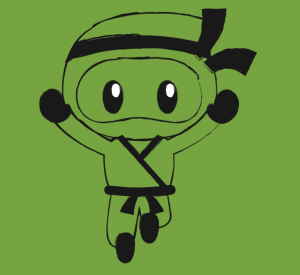
You are either right or left brained.
This is simply not true. We all use our entire brain equally even though certain functions are processed by specific regions of our brain. The two sides of your brain work together. We are able to be analytical and creative because the regions of our brain are well connected.
What valuable insights did you gain from reading about these learning myths? For more helpful learning tools check out the Learn Like A Ninja book. Examine how you learn best and create systems that work for you.
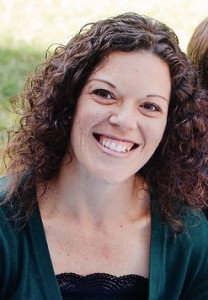 Melanie Black is an Associate Certified Academic Life Coach and mindfulness educator. She is passionate about helping others and learning all she can in the process. With over ten years of experience in the field of education, she is determined to help students succeed in school and life. “ One of my goals is to continue to be a humanitarian who helps our local community. I am passionate about my relentless pursuit of knowledge and desire to help others.“
Melanie Black is an Associate Certified Academic Life Coach and mindfulness educator. She is passionate about helping others and learning all she can in the process. With over ten years of experience in the field of education, she is determined to help students succeed in school and life. “ One of my goals is to continue to be a humanitarian who helps our local community. I am passionate about my relentless pursuit of knowledge and desire to help others.“


